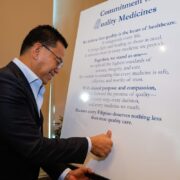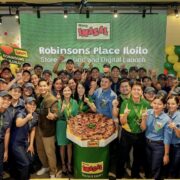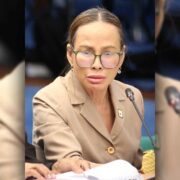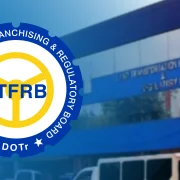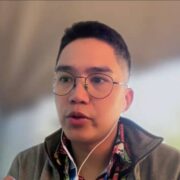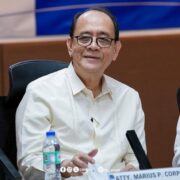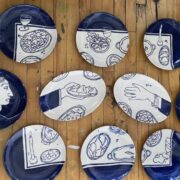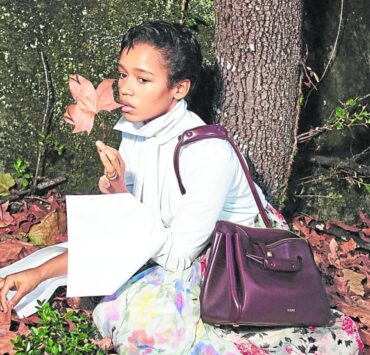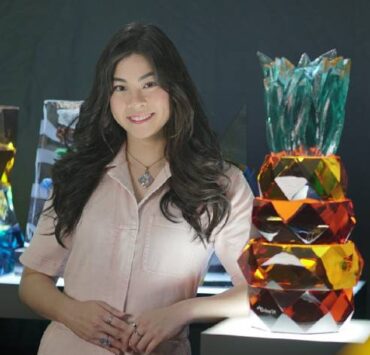Upcycled clothing can be fun and fashionable
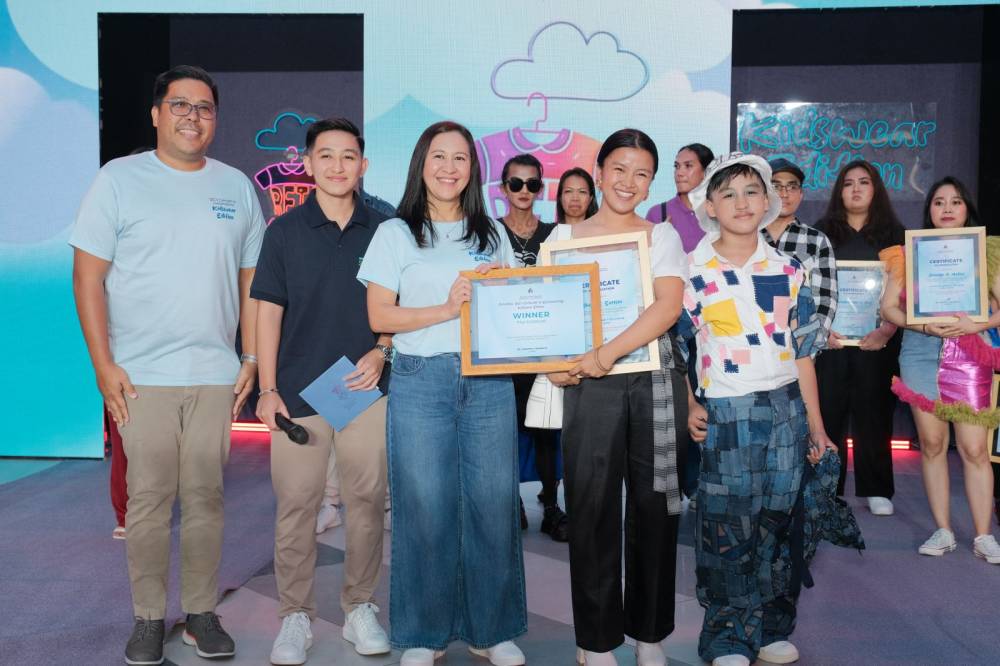
As child models strutted their stuff on the catwalk, they showed that wearing upcycled garments could be fun and fashionable. The resulting applause most likely meant the youngsters and their parents in the audience appreciated sustainable fashion.
That’s exactly the goal of “Retashow: QC’s Runway to Sustainability,” a fashion design competition initiated by the local government of Quezon City through its Climate Change and Environmental Sustainability Department (CCESD). The competition aims to reduce textile waste, champion circular fashion, and foster community-driven environmental action.
The city-wide project, which began in 2024, featured both emerging and established designers from different barangays. This year’s batch, consisting of 24 finalists, was tasked with making children’s fashion. They underwent an intensive workshop before presenting their works in a fashion show held on April 23 at Gateway Mall 2’s activity center.
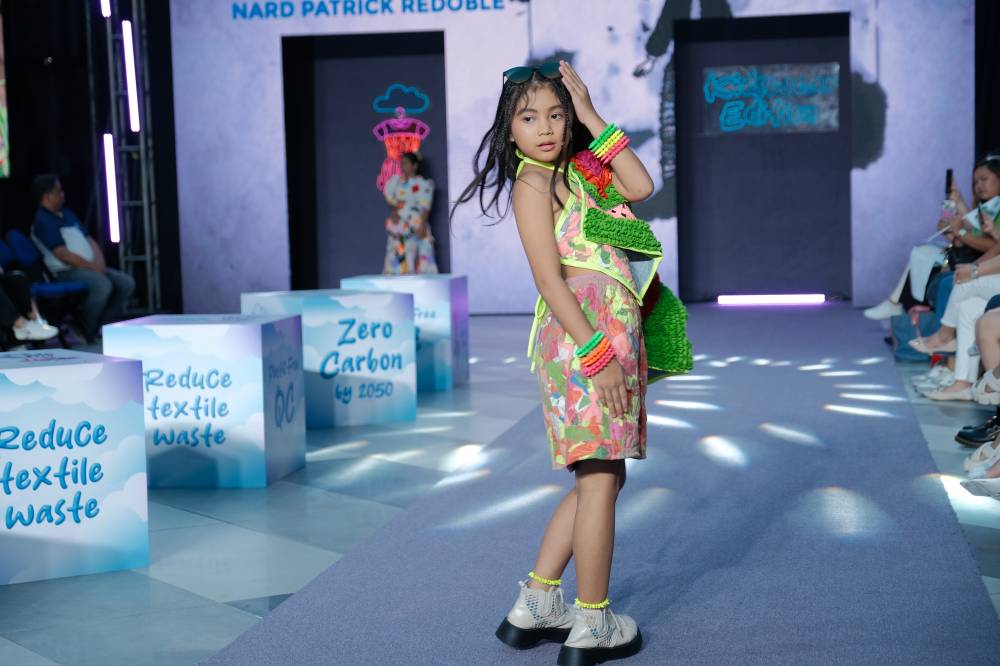
Mayor Joy Belmonte lauded the finalists’ creativity and advocacy in her opening remarks, saying, “Let this runway be a symbol of possibility—that the future is not something we predict, it’s something we create.”
On the choice of kids’ wear as the focus of this year’s competition, CCESD head Andrea Villaroman told Lifestyle that it “highlights the role of the younger generation, especially as fast fashion targets youth.”
Six designers emerged as equal winners of “Retashow 2025:” Nard Patrick Redoble (Barangay Commonwealth), Nichole Samson (Barangay Apolonio Samson), Katherine Añonuevo (Barangay Sikatuna), Ma. Joy Pauline Castillano (Barangay Talipapa), Hazel Roldan (Barangay Batasan Hills), and Neil Bryan Capistrano (Barangay Bagong Pag-asa). Each of them received a cash prize of P50,000.
Redoble, Roldan, and Capistrano are repeat participants. They all joined the competition’s inaugural edition, which had only one grand winner. Their lucky break finally came this year.
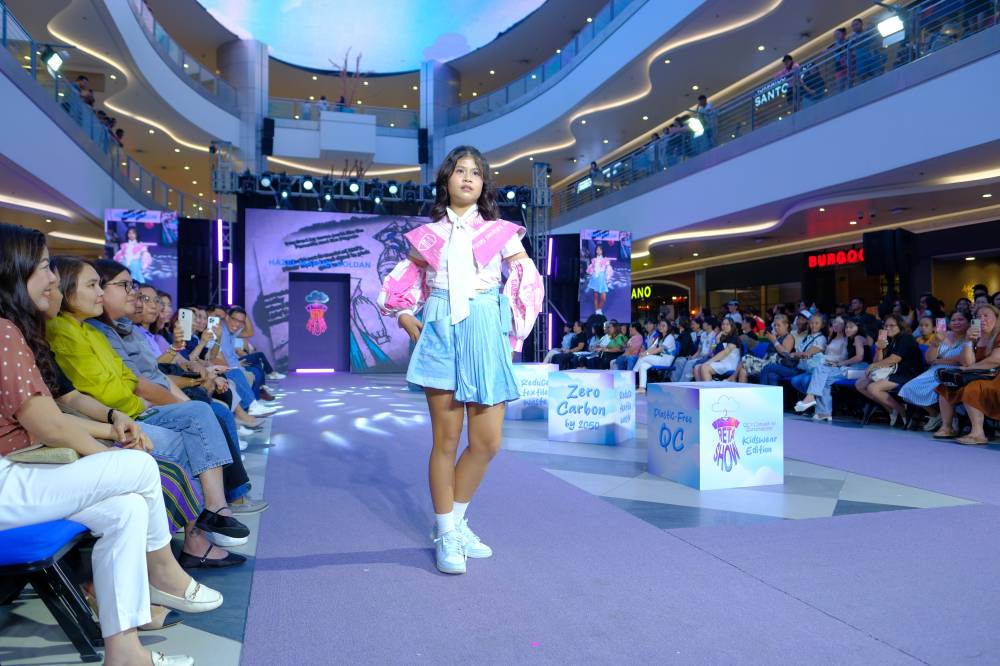
No beginner’s luck
Redoble took inspiration from the girl group Bini and the vibrant energy of the tropics, dubbing his design “Bini–Pantropiko.” Roldan gave tribute to her grandmother by creating a modern pañuelo (scarf or shawl) with repurposed flour sacks. Capistrano found artistry in a child’s doodle of daisies.
First-timers Samson, Añonuevo, and Castillano didn’t rely on beginner’s luck to ace the competition. Samson, a fashion student, turned to pop art to come up with something bold, vibrant, and colorful. Another student, Castillano, envisioned a street style look for kids. Añonuevo, a lawyer and mother, tapped her passion for finding creative ways to repurpose clothes to reinterpret a Mountain Dew plastic bottle.
The winners’ designs stood out based on the criteria that gave weight to originality, sustainability, innovation, and market potential. They clearly impressed the panel of judges, composed of Camille Rose Albarracin, founder of Everything Green; Fred Leysa, associate manager at Repamana; and Rhodel Sazon, marketing services, advertising, and promotions manager at Araneta City.
Through a questionnaire sent by Lifestyle, Roldan and Redoble shared their thoughts on winning in “Retashow 2025.” Roldan said it validated her design perspective, which posits that “sustainable fashion can be both wearable and marketable.” It also proved that “purpose-driven design has a place in today’s fashion scene, and sustainability and style can go hand in hand.”
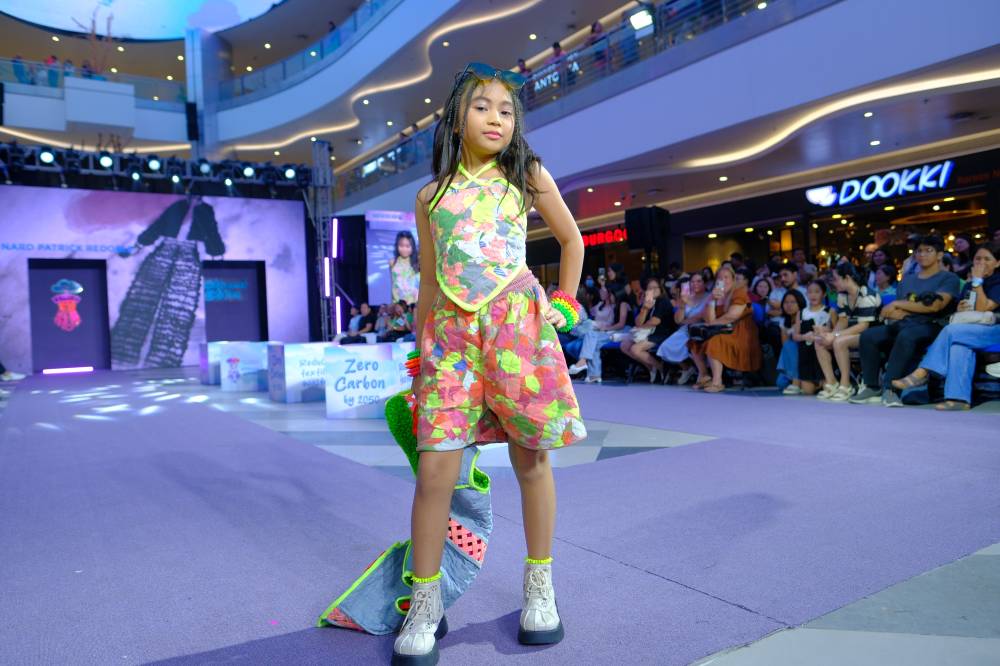
Redoble regarded his victory as a source of great joy and honor. It proved to be worth his hard work and passion for sustainable fashion. It also validated his message that “something beautiful” can be produced from items considered as waste, thus inspiring him to continue his work.
Roldan’s biggest learning from the competition was “the harsh realities of fast fashion, especially the amount of textile waste we generate.” She pointed out, “I believe designers and aspiring dressmakers should dig deeper into these issues in order to come up with meaningful, lasting solutions.”
Redoble realized there’s no limit to creativity in pushing for an advocacy. He encouraged designers to experiment, as sustainability is “the future of fashion,” and everybody should be a part of this movement.
What’s next? Roldan said she’ll continue building her brand, And Again Clothing, which recycles flour sacks into clothing. She added that her winning piece could be purchased on a “made-to-order basis.”
Redoble likewise vowed to continue his advocacy through his own label called Napared. Though he won’t sell his winning piece because it symbolizes his journey in sustainable fashion, he said he could make a similar or “customized version” for those interested.
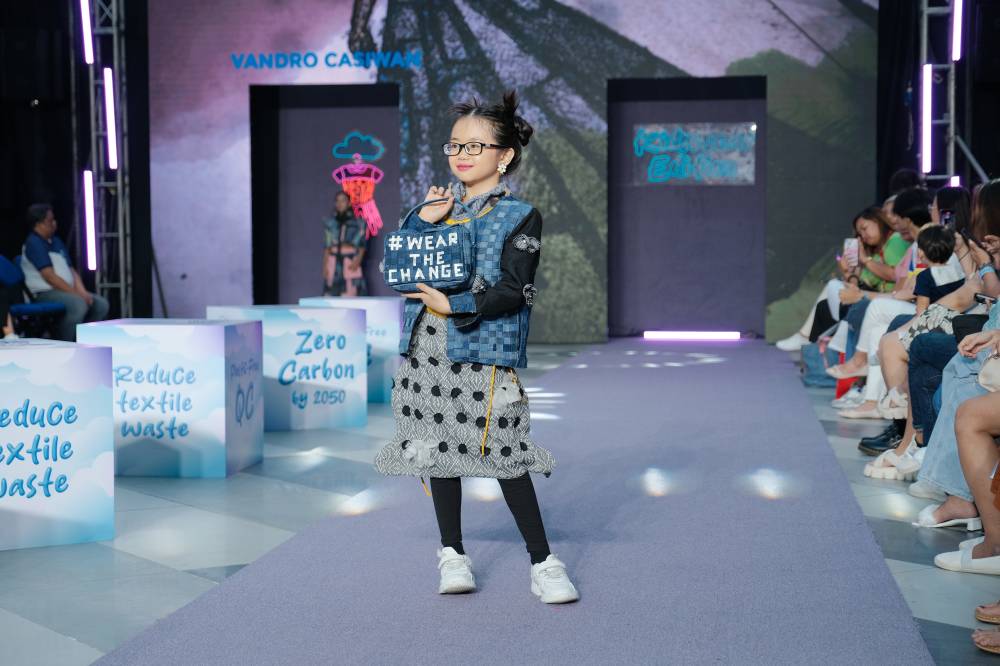
Beyond the runway
For the people behind “Retashow,” the “cultural shift” it’s helping inspire holds the most value for them. Villaroman mentioned a few examples, like Quezon City residents’ patronage of the city’s Kilo/s Kyusi Store of preloved items and the surge in community-based upcycling efforts to creatively repurpose textiles.
“Moving forward, we want ‘Retashow’ to grow beyond a yearly competition,” she said. “We see it evolving into a platform for continuous learning, creative collaboration, and perhaps even incubation of circular fashion ideas—whether through workshops, pop-ups, or community-led upcycling hubs.”
She stressed, “When communities are genuinely involved, it transforms from a government program into a shared mission.” In their city, for instance, the approach is “participatory governance” to help ensure that their initiatives are “inclusive, relevant, and successful.”
Villaroman said she sees this year’s batch of designers continuing with their advocacy, just like many of their predecessors did. She mentioned first grand winner Renegade Limpin and runners-up Maricris Pabelico and John Jade Monteclavo, along with finalists Kaye Partulan and Neil Capistrano, who represented Quezon City in a national fashion competition.
“‘Retashow’ was created as a platform to showcase their talent, but we want to go beyond that and open up real opportunities for growth,” she said. “This includes connecting them with the right departments for entrepreneurship support, livelihood training, and product development. We’re also working on creating spaces where they can exhibit or sell their work, whether through fairs, pop-ups, or city-run stores.”
She added, “Ultimately, our goal is to make upcycled fashion more visible, accessible, and affordable—not just a passing fad but a meaningful part of how we promote sustainability in everyday life.”

